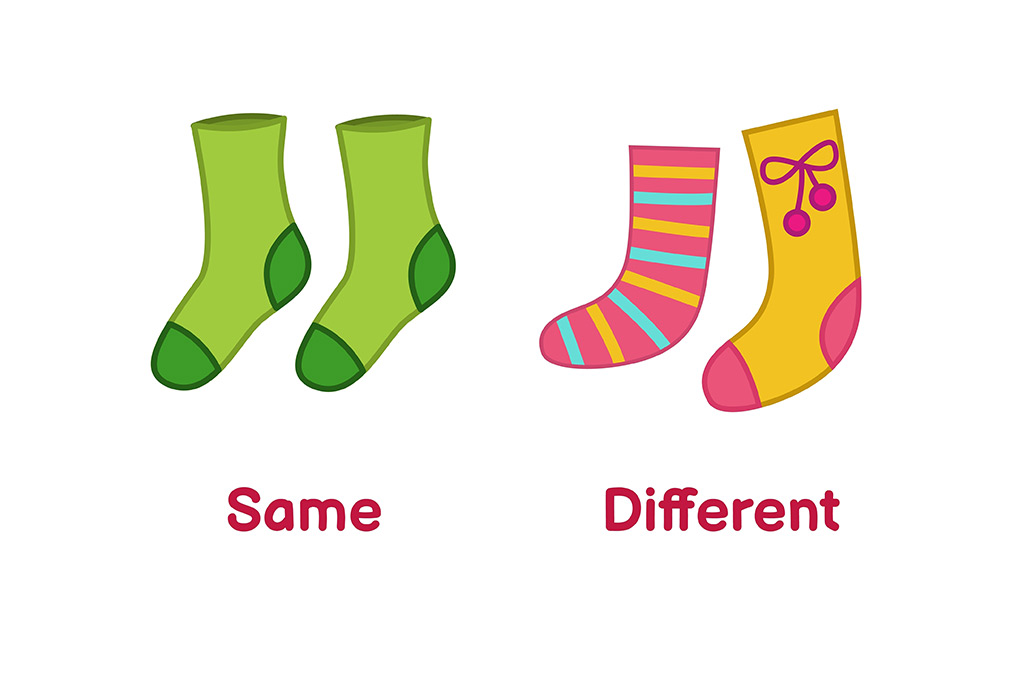Cultural appropriation is a complex and multifaceted phenomenon that has garnered significant attention in recent years. At its core, it involves one culture adopting elements of another culture, often without permission and typically with an imbalance of power. This practice can manifest in numerous ways, leading to various forms of cultural appropriation that merit exploration and understanding. By dissecting these types, we can foster a deeper awareness of the inherent issues and the dynamics of respect and representation.
One primary type of cultural appropriation manifests through the adoption of traditional clothing and accessories. This is particularly evident in Western fashion, where designers frequently incorporate patterns, styles, and garments from indigenous cultures or marginalized groups. Examples abound, ranging from Native American headdresses being worn as fashion statements at music festivals to the use of kimonos or saris in other contexts, often stripped of their original significance. Such actions trivialize cultural heritage and perpetuate stereotypes, reducing profound symbols of identity and tradition into mere commodities.
Another form emerges in the culinary arts, often referred to as culinary appropriation. Imagine a high-end restaurant serving fusion dishes that take inspiration from a culture, only to ignore the stories of those from whom the recipes originated. This phenomenon can lead to cultural erasure, where the authentic techniques and flavors reflecting history are diluted or misrepresented. Furthermore, it often occurs without acknowledgment or compensation to the communities whose culinary traditions are being exploited. This disregard for authenticity reinforces power disparities between cultures, particularly when they intersect with colonization and globalization.
Language appropriation is yet another layer in this multifaceted issue. This occurs when individuals, often from a dominant culture, adopt words or phrases from a marginalized culture without understanding their context. A palpable example is the casual use of Indigenous languages in contemporary media or popular music, stripped from their profundity and relegated to mere aesthetic appeal. This not only disrespects the sanctity of the language but also contributes to its potential extinction. Language is intimately tied to identity, and its appropriation can be likened to a form of cultural erasure.
The appropriation of sacred customs and practices constitutes another critical area of concern. Various spiritual beliefs and rituals, particularly those of marginalized communities, often face dilution or exploitation in mainstream society. For instance, yoga, rooted in ancient Hindu traditions, has been commercialized to the point where its spiritual aspects frequently get minimized or ignored in favor of physical exercise. This aberration leads to a disconnection from the cultural roots and significance of the practice, engendering a shallow understanding of deeply held beliefs.
Art and music are vibrant expressions of culture that are critically susceptible to appropriation. When entities borrow styles or techniques from marginalized artists without giving proper credit or acknowledgment, it perpetuates a cycle of privilege and exclusion. One notable instance involves popular music genres where artists of a dominant culture sample or mimic the sounds of historically marginalized communities. While such collaborations can be celebrated, they may also perpetuate stereotypes if not approached with cultural sensitivity and respect for the artists involved.
Commercialization is another aspect of cultural appropriation that can distort traditional meanings. This often occurs when cultural symbols are commodified, such as the mass production of “dreamcatchers” outside their original cultural context. Such commercial ventures strip these items of their authentic significance, reducing them to mere consumer goods. This results in a twisted representation of a culture whereby its elements are available to anyone, often leading to further misunderstanding and disrespect.
Notably, there exists a crucial distinction between cultural exchange and cultural appropriation. Cultural exchange, grounded in mutual respect and understanding, occurs when individuals from different cultures engage and learn from each other in equitable ways. Unpacking this distinction is vital as it allows for collaboration and appreciation within culturally diverse environments, rather than mere appropriation. This distinction emphasizes the necessity of context when discussing cultural interactions.
The implications of cultural appropriation extend beyond mere aesthetics; they encompass power dynamics, historical context, and the ongoing dialogue surrounding race, privilege, and identity. As societies grapple with these themes, it becomes clear that the discourse surrounding cultural appropriation is intricately tied to broader issues of social justice. Recognizing which cultures hold the power in these interactions is essential for understanding the implications of appropriation. Empowering marginalized communities to reclaim their narratives is a crucial response to the imbalances perpetuated by cultural appropriation.
To navigate the intricacies of cultural appropriation, one must cultivate cultural awareness and sensitivity. This involves critical reflection on the nuances of cultural symbols and practices, making an effort to understand their significance before adopting or sharing them. Furthermore, acknowledging and supporting the communities from which these cultural elements originate is integral to promoting respect and equity. By engaging in dialogues and fostering environments conducive to understanding, a shift in perspective is achievable.
In conclusion, understanding the different types of cultural appropriation is not merely an academic exercise; it is a necessary endeavor that prompts deeper thought regarding cultural interactions and representation. Recognizing the complexities of these interactions can enhance cultural competence, ultimately allowing for more informed and respectful engagement. By piquing curiosity and encouraging dialogue, we can pave the way for a future that honors diversity while championing mutual understanding and respect.
